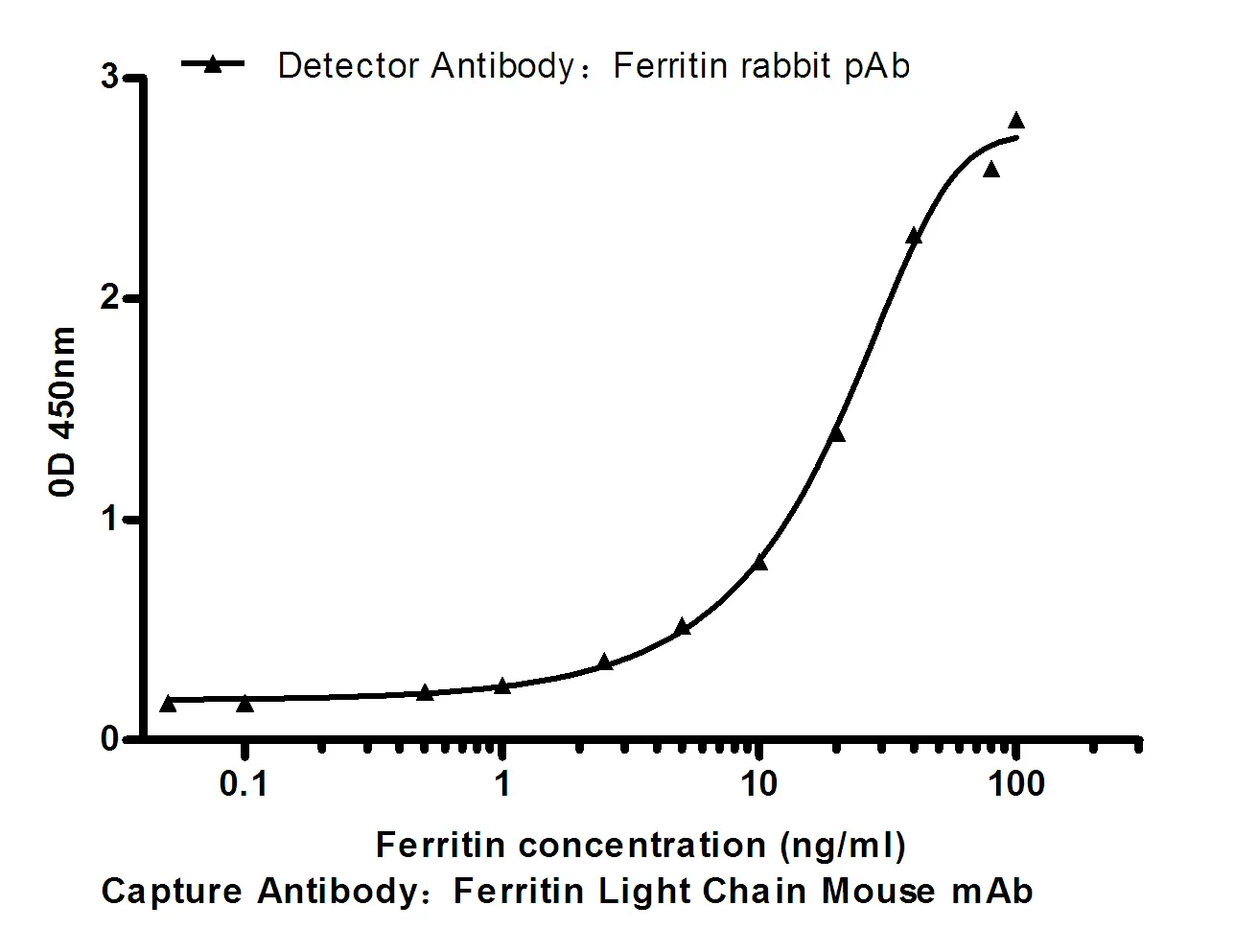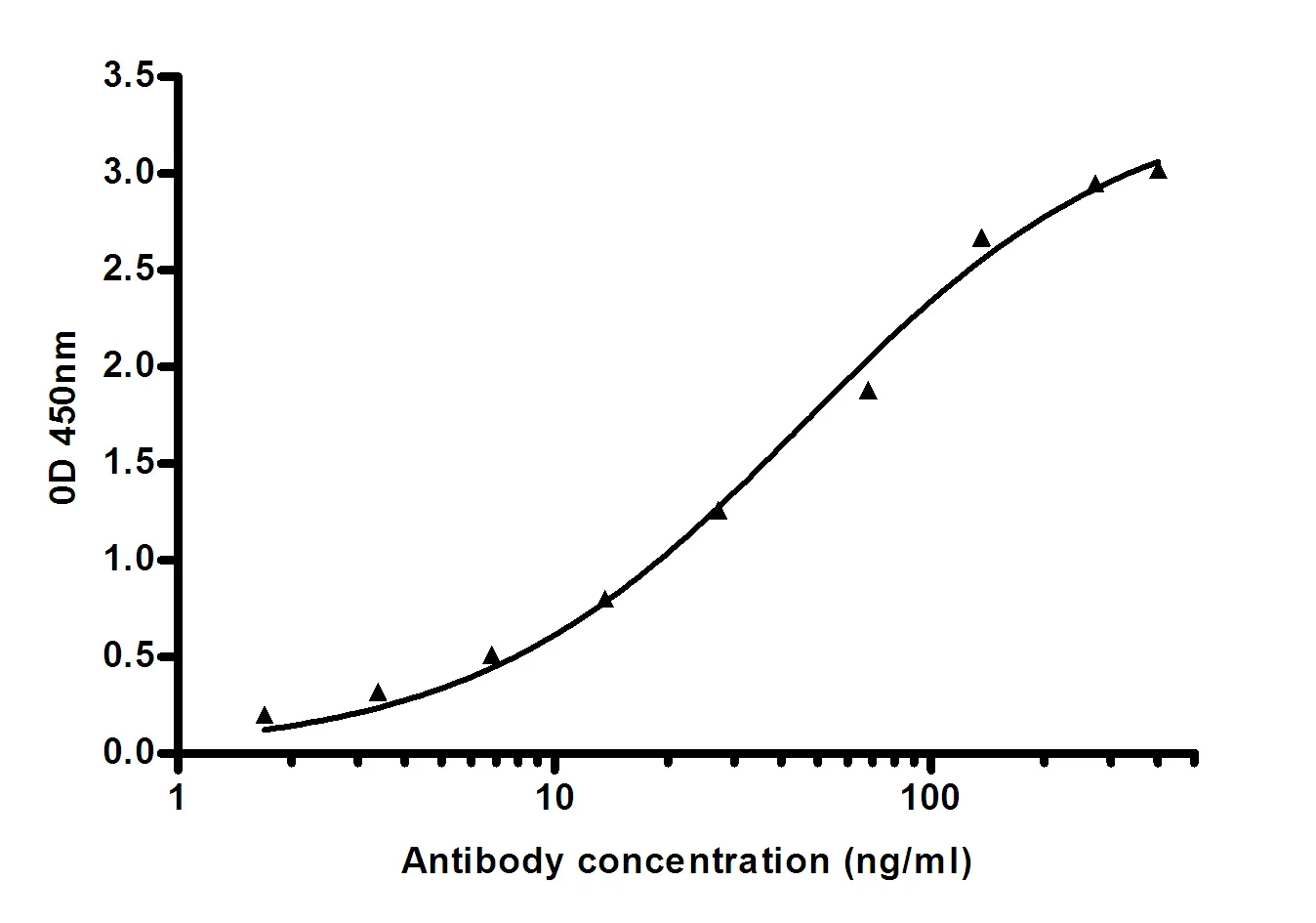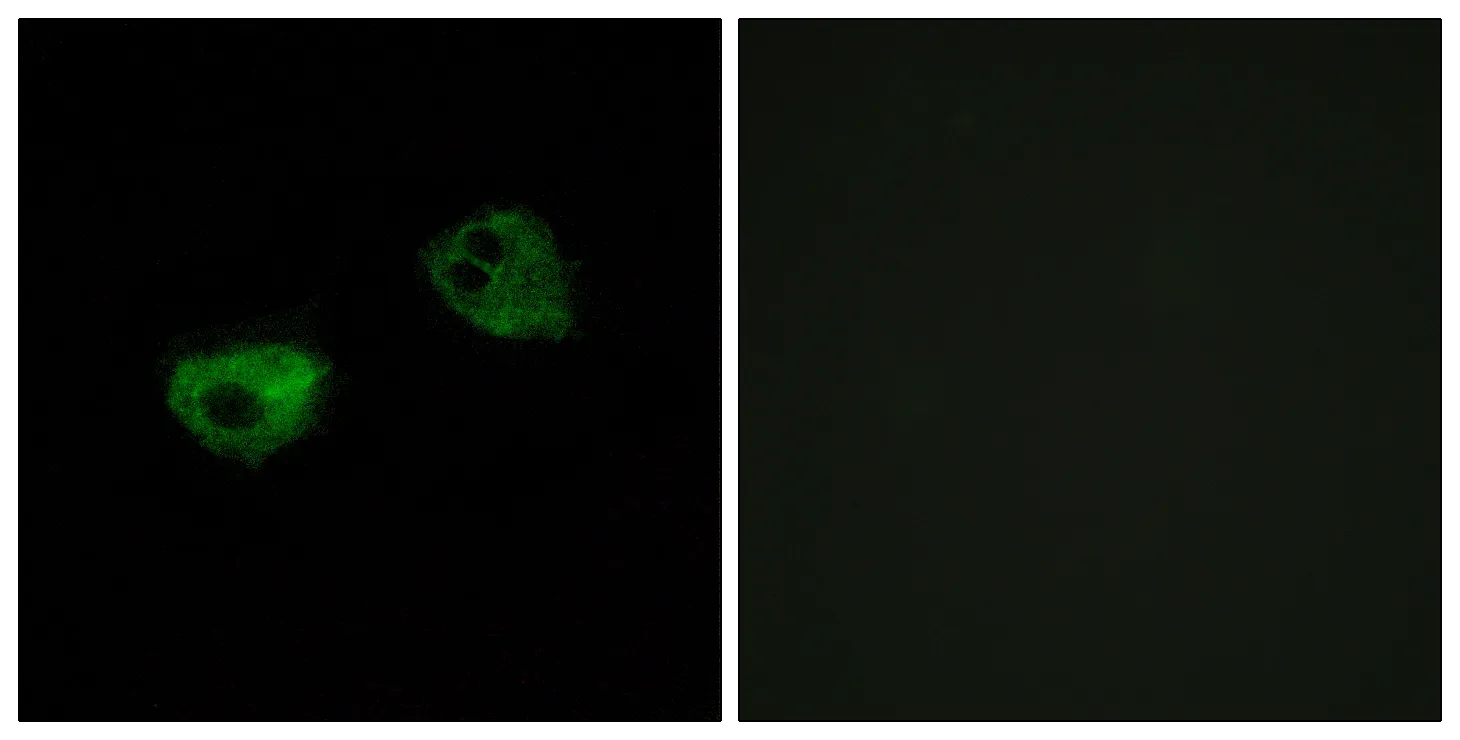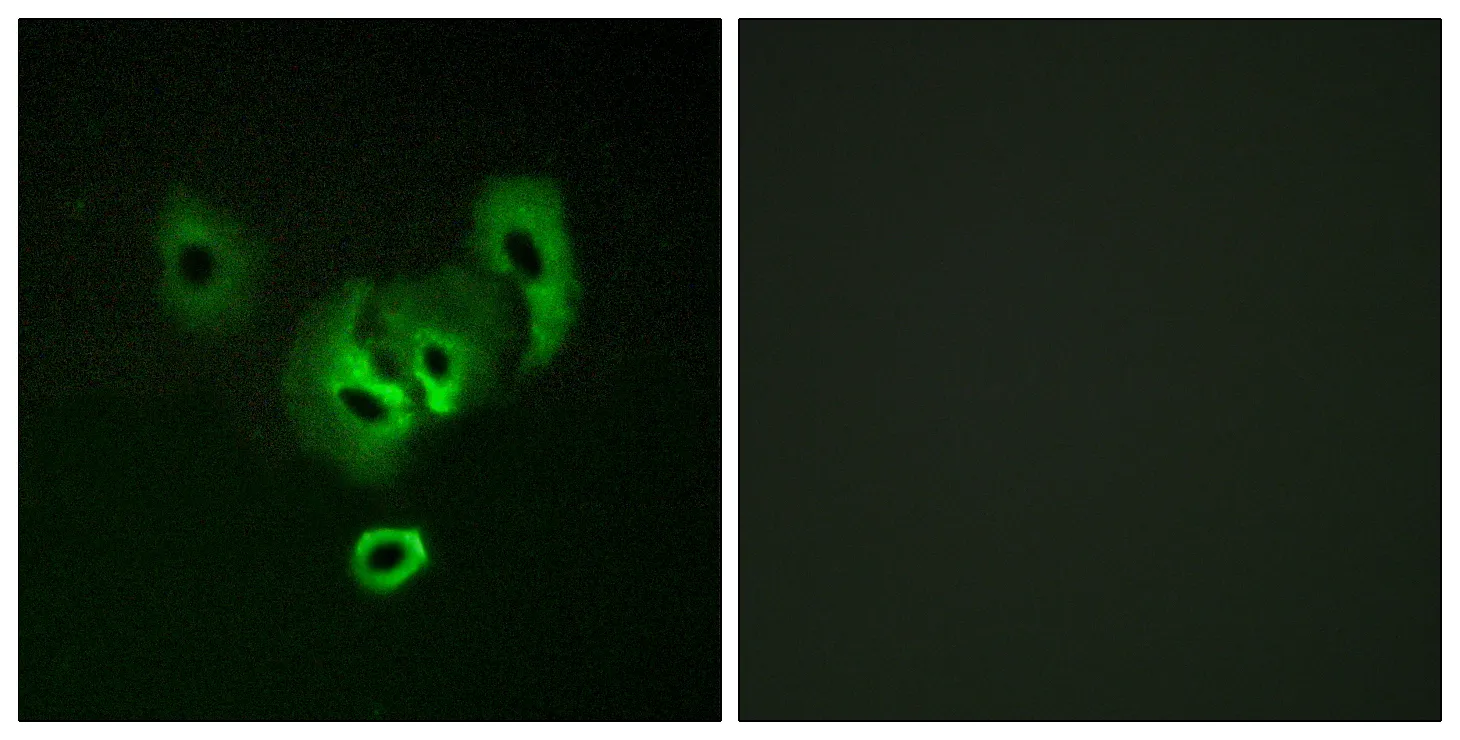Summary
Performance
Immunogen
Application
Background
MAD1L1 is a component of the mitotic spindle-assembly checkpoint that prevents the onset of anaphase until all chromosome are properly aligned at the metaphase plate. MAD1L1 functions as a homodimer and interacts with MAD2L1. MAD1L1 may play a role in cell cycle control and tumor suppression. Alternative splicing results in multiple transcript variants. [provided by RefSeq, Jan 2015],disease:Defects in MAD1L1 are involved in the development and/or progression of various types of cancer.,function:Component of the spindle-assembly checkpoint that prevents the onset of anaphase until all chromosomes are properly aligned at the metaphase plate. May recruit MAD2L1 to unattached kinetochores. Has a role in the correct positioning of the septum. Required for anchoring MAD2L1 to the nuclear periphery.,induction:Increased by TP53.,PTM:Phosphorylated; by BUB1. Become hyperphosphorylated in late S through M phases or after mitotic spindle damage. Phosphorylated upon DNA damage, probably by ATM or ATR.,similarity:Belongs to the MAD1 family.,subcellular location:From the beginning to the end of mitosis, it is seen to move from a diffusely nuclear distribution to the centrosome, to the spindle midzone and finally to the midbody.,subunit:Homodimer. Heterodimerizes with MAD2L1 in order to form a tetrameric MAD1L1-MAD2L1 core complex. Perturbation of the original MAD1L1-MAD2L1 structure by the spindle checkpoint may decrease MAD2L1 affinity for MAD1L1. CDC20 can compete with MAD1L1 for MAD2L1 binding, until the attachment and/or tension dampen the checkpoint signal, preventing further release of MAD2L1 on to CDC20. Also able to interact with the BUB1/BUB3 complex and the viral Tax protein. Interacts with TPR.,tissue specificity:Expressed weakly at G0/G1 and highly at late S and G2/M phase.,






